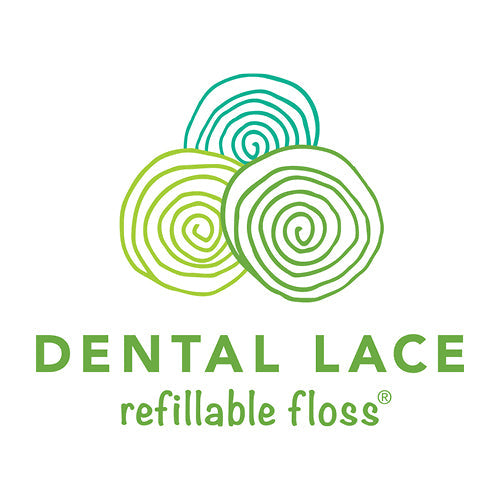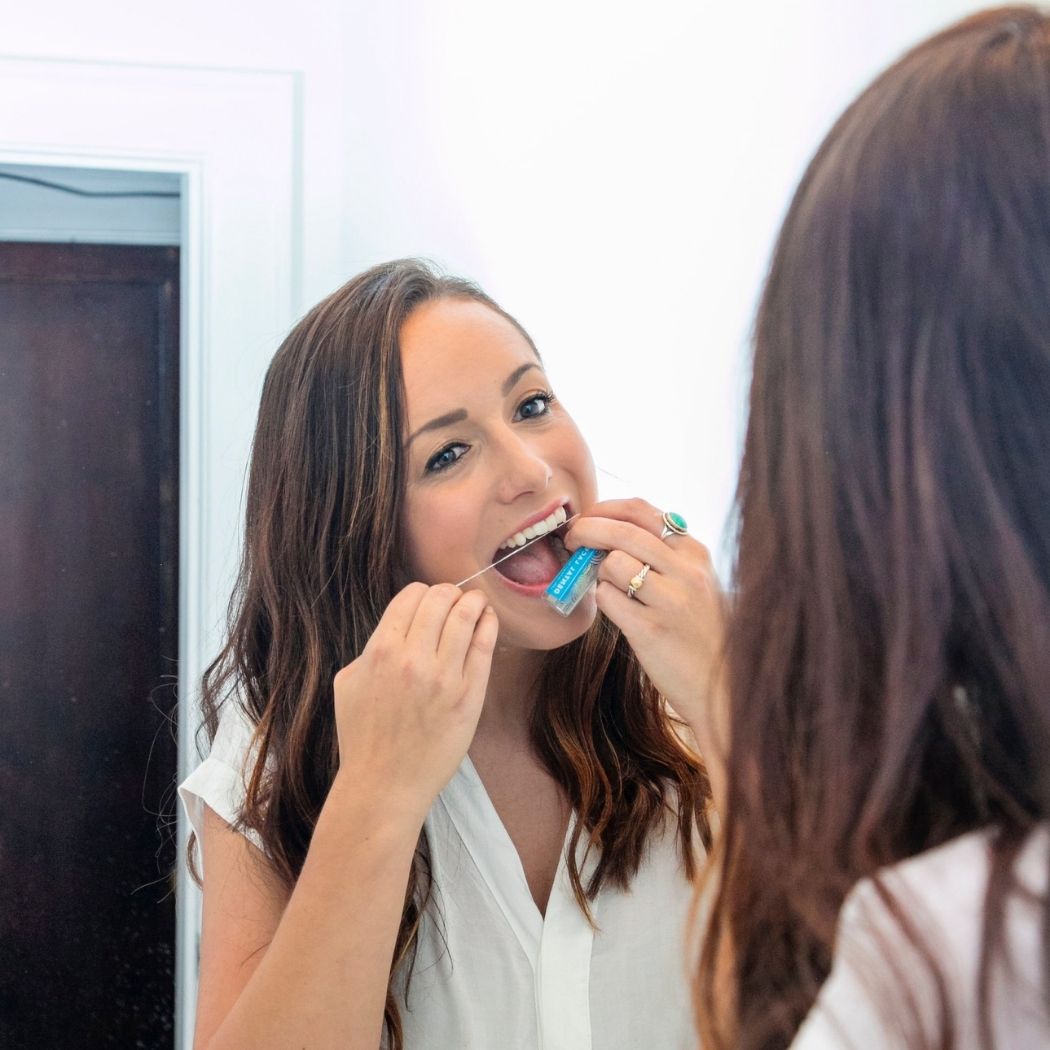Flossing is just as important as brushing for your oral health. Cleaning between the teeth reaches areas and attacks bacteria and build-up that your brush can’t reach. The result: fewer cavities and healthy gums.
For optimal results, choose the right floss and learn how to properly floss your teeth for the best flossing technique. Here’s what to do.
The proper flossing technique for optimal oral care
Now you have your floss; it’s time to learn the correct way to floss. Start by washing your hands, since your fingers will be going in your mouth.
Next, dispense the floss. Make sure you use enough – the American Dental Association (ADA) recommends about 18 inches of floss each time for proper flossing. This is so you can use a clean section of floss between each pair of teeth and prevent spreading bacteria and plaque via used floss. Wind the floss on the index or middle fingers of each hand, leaving a clean section of a few inches between them.
Then it’s time to start flossing. Insert the clean section of floss between two teeth and curve it into a “C” shape against the side of the tooth. Move the floss up and down the side of the tooth to remove invisible bacteria and build-up, making sure to reach the gumline. Do the same on the edge of the other tooth. If you have braces or a permanent retainer (wire), use a floss threader to get the floss between the teeth.
After flossing a pair of teeth, unwind and rewind the floss to use a new, clean section. Floss between all pairs of teeth as well as the surfaces on your back teeth. Toss the floss when you’re finished.
Choosing your floss
When it comes to dental floss, you have a lot of options out there, but which dental floss is best?
Finding the best floss ultimately comes down to your own personal preferences. There are so many different floss options when it comes to size, flavor, mechanism and coating. Every type of floss is unique in its own subtle way, but, when it comes down to it, they really all work the same in regards to utility and performance.
So, what is one noteworthy difference between floss? The real underlying difference between all of the various floss options is what materials are used to make them.
Traditionally, floss is made from nylon or other plastic filaments. These non-biodegradable materials will either end up in landfills or the environment, where they can be very dangerous to wildlife who may mistake it for food. The coatings on these types of flosses and the materials themselves, like PFAs (Per- and Polyfluoroalkyl Substances), can be toxic to our health since they have the ability to bioaccumulate (accumulate in our bodies over time).
But what if you had another option? We love using an eco-friendly floss that is healthy for your smile and planet! It’s such an easy switch to opt for a plastic-free 100% biodegradable and compostable floss made from silk or other natural materials. Our zero-waste floss is strong and effective, and stylish to boot!
Brush your teeth and floss daily
Now you know how to floss – but how often should you floss?
The ADA recommends brushing your teeth twice a day for two minutes and flossing once a day. The ADA doesn’t specify whether to floss before brushing or after, or even say that you need to floss at the same time you brush, as long as you’re flossing at least once a day.
Make flossing a habit
Only 30% of Americans floss daily, with another 37% who report flossing teeth occasionally and 32% who report never flossing. Be one of the 30%! Treat yourself to some new floss today and start a daily flossing habit to last a lifetime.




